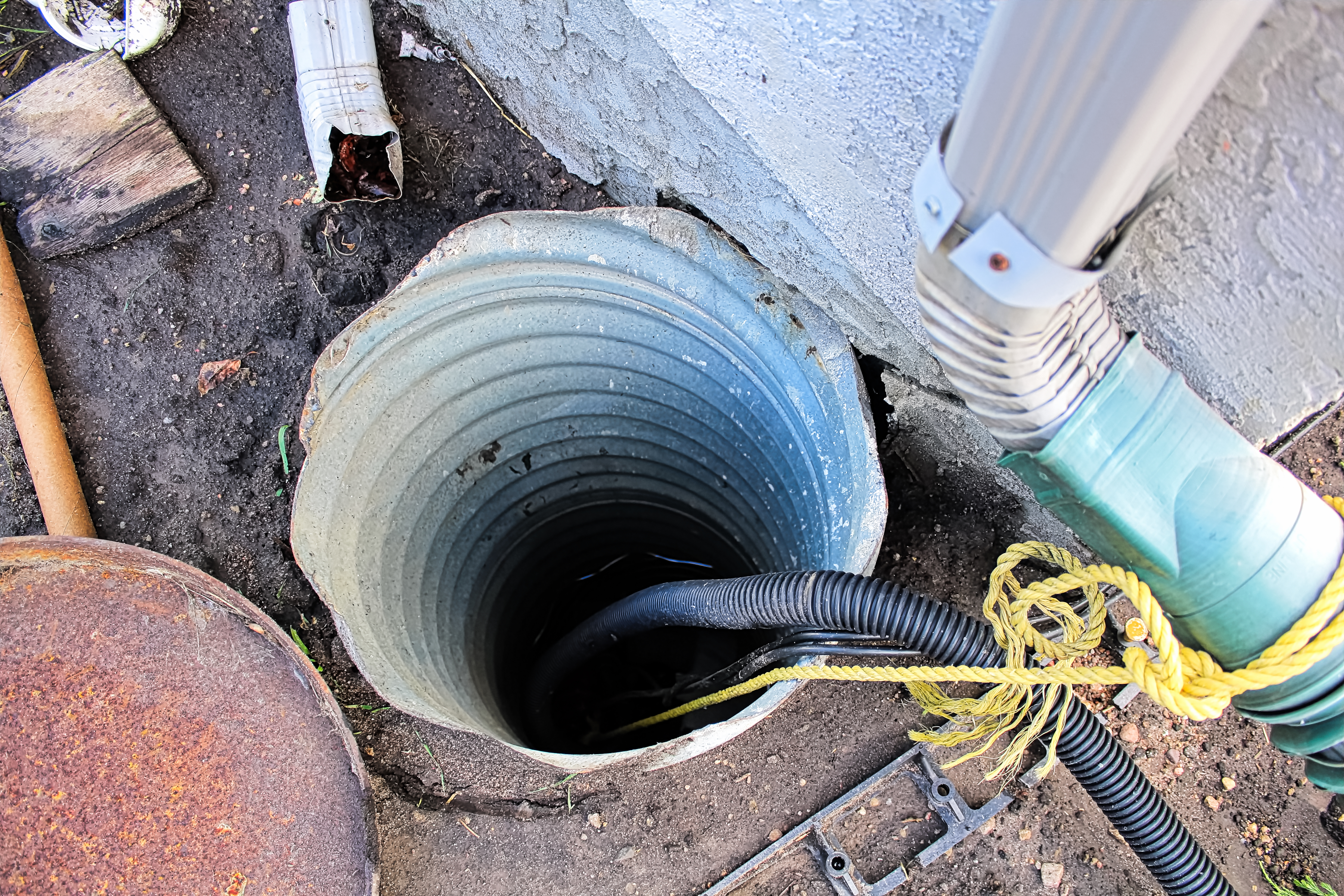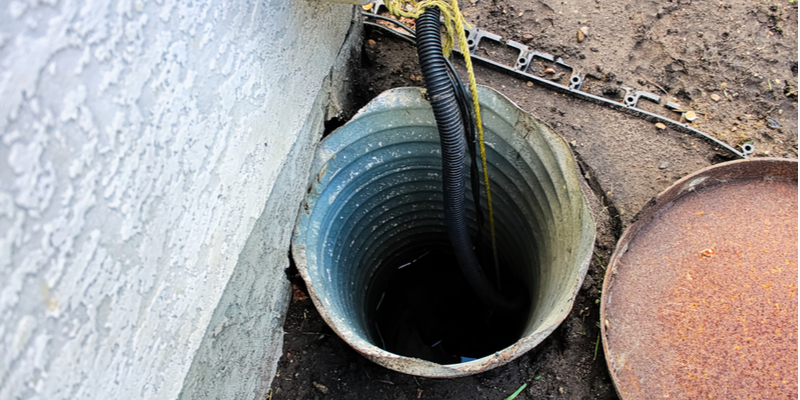Proven Solutions for Servicing a Sump Pump
Proven Solutions for Servicing a Sump Pump
Blog Article
Presented here down the page you can discover more sound insights on the subject of How To Effectively Clean A Sump Pump.

Sump pumps are critical parts in several homes, specifically in areas prone to flooding or too much dampness. They assist prevent water damage by effectively removing excess water from cellars or crawl spaces. However, like any other device, sump pumps need regular upkeep to guarantee they work efficiently when required the most. Cleaning your sump pump is an essential part of its upkeep, and comprehending how to do it effectively can conserve you from pricey repair work and possible catastrophes.
Introduction
Maintaining a tidy sump pump is essential for its proper performance and durability. Neglecting this important job can cause clogs, malfunctions, and ultimately, water damage to your home. Therefore, finding out how to cleanse a sump pump is important for property owners who rely upon these devices to maintain their cellars dry and secured.
Comprehending the Sump Pump
Before diving into the cleansing process, it's vital to have a standard understanding of just how a sump pump functions. Usually mounted in a pit or basin listed below the cellar flooring, a sump pump includes several crucial elements, consisting of a pump, a float switch, and a discharge pipe. When water accumulates in the pit, the float button activates the pump, which then pumps the water out via the discharge pipe, far from the building's structure.
Signs of a Dirty Sump Pump
Knowing when your sump pump needs cleaning is crucial for avoiding prospective malfunctions. Some usual indicators that show a dirty sump pump consist of unusual noises during procedure, reduced water flow, and noticeable particles in the pit. If you notice any one of these symptoms, it's necessary to cleanse your sump pump without delay to stay clear of any type of more concerns.
Getting ready for Cleansing
Before you begin cleaning your sump pump, it's important to take some security preventative measures. Beginning by shutting off the power to the pump to prevent any electrical accidents. Additionally, put on suitable protective gear, such as gloves and safety glasses, to shield on your own from dust, particles, and possible virus.
Step-by-step Overview to Cleansing a Sump Pump
Shutting down the Power
Begin by separating the power supply to the sump pump to avoid any type of mishaps while cleaning.
Getting Rid Of Debris and Dirt
Utilize a pail or a scoop to eliminate any noticeable particles, dirt, or sediment from the sump pit. Dispose of the debris effectively to stop it from blocking the pump or the discharge pipe.
Cleansing the Pump and Float Change
As soon as the pit is free from debris, carefully eliminate the pump from the pit. Evaluate the pump and the float button for any kind of indicators of damages or wear. Make use of a soft brush or cloth to clean up the surfaces and eliminate any type of collected grime.
Purging the System
After cleansing the pump and float switch, flush the sump pit with tidy water to eliminate any remaining dust or debris. This will assist ensure that the pump runs efficiently and successfully.
Checking for Correct Functioning
Before reinstalling the pump, execute a quick examination to guarantee that the float button triggers the pump appropriately. Pour some water into the sump pit and observe the pump's operation. If everything is working appropriately, you can rebuild the pump and reconnect the power supply.
Maintenance Tips to Keep Your Sump Pump Clean
In addition to routine cleansing, there are numerous upkeep suggestions you can follow to maintain your sump pump in optimal problem:
Conclusion
Cleansing your sump pump is an essential element of its maintenance and makes sure that it runs effectively when you require it one of the most. By adhering to the actions outlined in this guide and incorporating normal upkeep right into your routine, you can prolong the lifespan of your sump pump and protect your home from water damages.
6 STEPS ON HOW TO CLEAN A SUMP PUMP PROPERLY
UNDERSTANDING SUMP PUMPS
Your sump pump plays a crucial role in protecting your home by managing and removing excess water. It primarily functions as a “shield”, guarding your basement against the damaging effects of water accumulation. The pump is housed in a sump pit in the lowest part of your basement, and its job is to pump out any water that collects there.
During heavy rainfalls or when snow melts rapidly, water can infiltrate your basement, posing potential risks like flooding, structural damage, and harmful mold growth. Here, the sump pump springs into action, pumping out the intruding water and directing it away from your home.
SAFETY FIRST
Before cleaning, remember to prioritize safety. Disconnect the sump pump from the power source to prevent any accidental electric shocks. Also, wear sturdy gloves to protect your hands from any sharp or dirty components within the pump.
REMOVE THE SUMP PUMP
After ensuring your safety, the next step is to remove the sump pump from its pit. Doing this might require careful maneuvering as you don’t want to damage any pump components. Once removed, clean the sump pit to remove any accumulated debris or sludge.
INSPECT THE PUMP
Inspect the pump for any visible signs of wear or damage. Check the power cord, float switch, and impeller housing. If any components look worn out or damaged, consider replacing them to ensure optimal performance.
CLEAN THE PUMP
Thoroughly clean the pump with warm, soapy water. Make sure to rid it of any dirt, gravel, or other debris that might impede its performance. You can use a toothbrush to clean the small, hard-to-reach parts of the pump.
REINSTALL THE SUMP PUMP
Reinstall the pump into the sump pit Make sure it’s positioned correctly to remove the water effectively Once it’s back in place, reconnect it to the power source TEST THE PUMP
Finally, pour some water into the pit to ensure the pump works correctly. It should start automatically and begin pumping out the water; if it doesn’t, check the power source and the positioning of the pump.
Remember, while cleaning your sump pump is an essential part of home maintenance, hiring a professional plumber for a thorough inspection and cleaning at least once a year is also important. This will ensure that your pump is in optimal condition, ready to protect your home from potential water damage.
BEST PRACTICES FOR CLEANING SUMP PUMP DISCHARGE PIPES
Regular Inspection: Regularly inspect your discharge pipes, especially during heavy rainfall or snowmelt periods. Look for any signs of blockage or damage. Early detection of problems can prevent serious issues down the line. Periodic Cleaning: Over time, sediment and debris can accumulate in the discharge pipes, impeding the flow of water. Regular cleaning helps keep the pipes clear and functioning efficiently. You can use a high-pressure water jet to effectively clean the pipes. Insulation During Winter: In colder climates, discharge pipes can freeze, blocking the outflow of water. Protect your discharge pipes from freezing temperatures by insulating them with foam pipe insulation. This will ensure the sump pump can continue to discharge water even in freezing conditions. Proper Positioning: The discharge pipe should be positioned to direct water away from your home’s foundation. Improper positioning can lead to water seeping back into the basement. Ensure the pipe is long enough and angled correctly. Installation of a Check Valve: A check valve prevents water from flowing back into your sump pit after the pump has pushed it out. Installing a check valve helps maintain the efficiency of your sump pump and reduces the risk of flooding. Minimize Pipe Turns: Every curve or turn in the discharge pipe can decrease the efficiency of water flow. By minimizing turns and bends in your discharge pipe, you can increase the efficiency of your sump pump. https://www.fullspeedplumbing.com/how-to-clean-a-sump-pump-properly9999/

As a reader about How to Care for Your Sump Pump, I think sharing that piece was sensible. You should pause to promote this write-up if you enjoyed reading it. Many thanks for being here. Return soon.
Book 24/7 Report this page